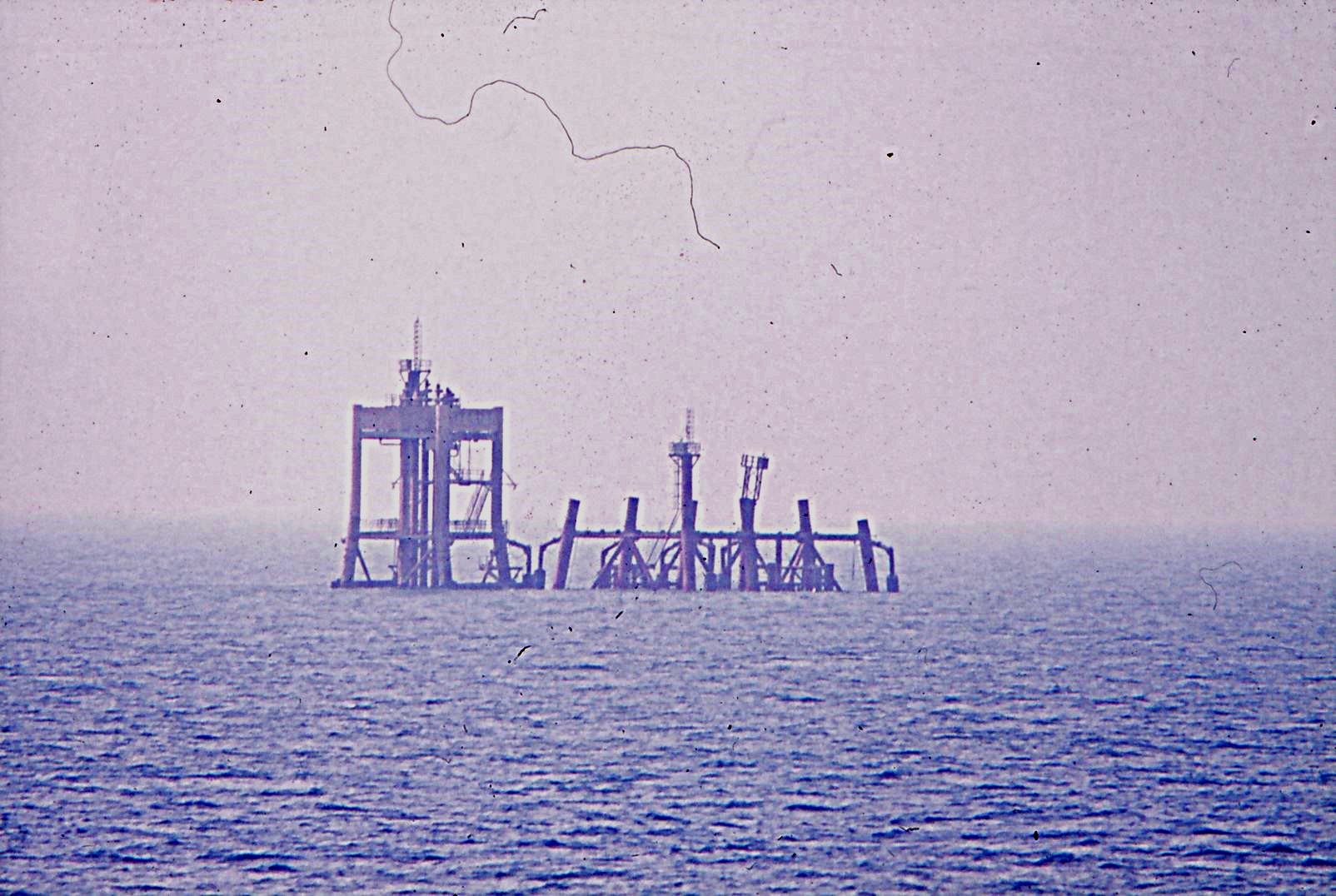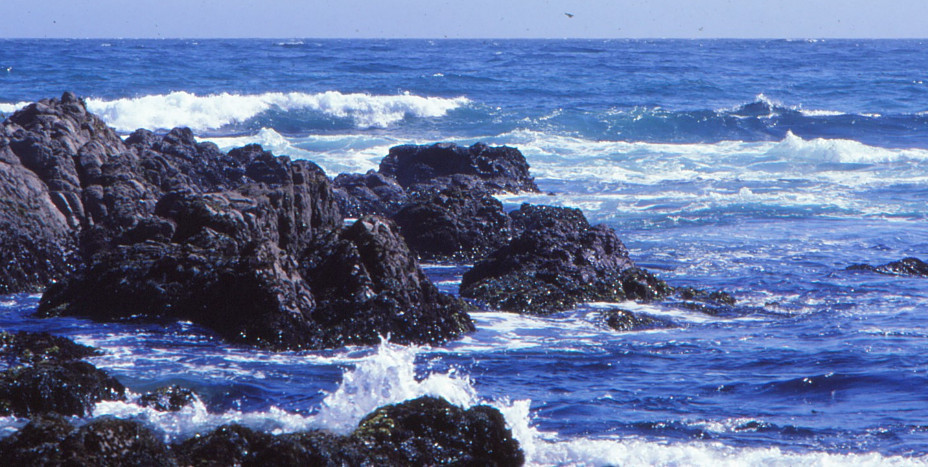Financial inequality is a major obstacle to combatting climate changeMaanantai 15.4.2024 klo 18.01 - Mikko Nikinmaa A lot of people in the rich countries complain about African and Asian people not doing virtually anything to decrease their fossil fuel use. In contrast, coal and oil use is increasing, as people try to get richer and population increases, mostly in Africa. Why don’t they see that they are increasingly causing climate change, whereas we in the rich west have understood how things should be done, and have been able to decrease the per capita footprint in the last decade. The prime reason for poor people not considering carbon footprint or sustainability in their day-to-day financial decisions is that thy cannot afford it. For most people in the world, their financial situation only allows one choice: the cheapest. Thus, their lack of climate deeds is understandable, but is actually one aspect of financial inequality generating climate change. The superrich cause much of the climate change. Although their number is small, their carbon footprint is huge. The richest percent of world’s population causes as much carbon dioxide emissions as the poorest two thirds. As compared to an average American or European, the carbon footprint of billionaires is a thousand times greater. An in actual fact the superrich would hardly notice if their wealth were halved. However, if the sums were made available to combatting climate change, that would probably be enough to enable poor people make sustainable choices in their life. Thus, decreasing financial inequality would be the most effective way of combatting climate change. Another way would be to decrease military spending, which, unfortunately, seems even less likely than addressing financial inequality. |
|
Kommentoi kirjoitusta. Avainsanat: fossil fuels, wealth, carbon footprint |
Flying should be taxed as other forms of transportPerjantai 18.8.2023 klo 17.49 - Mikko Nikinmaa Flying is estimated to cause several percent of the greenhouse gas emissions. Its influence on climate is much worse than the emissions, because the gases are emitted at high altitudes. One would consequently think that because there is a sore need to combat climate change, steps would be taken to diminish the effects of flight traffic on climate change. Two such steps have commonly reached the news. First, the possibility of passengers to pay extra to compensate for flying. The compensation is them used to pay either the protection of forests or planting trees. The funds obtained by the compensations are currently so small that it can be said to have only conscience-cleaning effect. Second, an increasing proportion of the fuel, kerosine, is made from biowaste or plant material instead of being fossil fuel. However, the so-called biofuel does not decrease the production of carbon dioxide in the flights, it only decreases the use of fossil fuel. It appears that electric airplanes will at most be responsible for short distance flights in the near future. For long distance travel one needs to ask the traveller if the present-day speed is really necessary. If not, zeppelin-like aircraft could replace a lot of the airplanes and fuel consumption would decrease radically. However, the biggest change that should be made is that air traffic should be taxed as other traffic forms. Today fuel of airplanes is completely free of taxation throughout the world. As a consequence, air traffic is subsidised, e.g., in Finland approximately 20 times more per customer than environmentally friendly train traffic. And this is true at a time when politicians say that they are trying to get people to diminish travelling, if it has large carbon footprint. Yet they do not use the tax instrument, which would also make fairer to use different ways of transport. It is quite certain that all the nation states say that this cannot be done, since that would generate unfair competition in favour of countries that do not tax their flights or maintain tax level low. However, this is what EU is for. The European Union, which is also otherwise front runner in climate questions, could decide that all European flights would have a common fuel tax. One could try to get a world wide agreement; it should be relatively easy, if climate change is taken seriously. |
|
Kommentoi kirjoitusta. Avainsanat: climate change, carbon footprint, fossil fuels, air traffic |
Cattle ranching - taking animal welfare and climate change into accountLauantai 3.6.2023 klo 15.48 - Mikko Nikinmaa Industrial cattle rearing got its first dose of negative publicity from the animal welfare people, who pointed out that cows were not able to live a decent life. They were always kept in small unnatural space and could not move freely. Public health experts then warned that since meat production in many countries was maximized by heavy use of antibiotics, steroids and growth hormone the effects could be carried on to human health. For example, the antibiotic resistance of bacteria could increase. Finally, cattle ranching is now considered to worsen climate change, as much of the available agricultural land is going to feeding cattle and because cows produce, in addition to carbon dioxide, methane, a very potent greenhouse gas. Consequently, in instructions for people to combat climate change, it is advised that one should avoid eating beef and using dairy products. All the concerns are valid for the current industrial cattle ranching, which seeks to maximize milk and meat production. It is completely forgotten that cows are more than just production machines and that they interact with their environment. Cows and their calves are separated as soon as possible, cows cannot roam freely in their pastures, and usually fed commercially bought fodder. Much medication is needed…All in all, the negative opinions about cattle ranching all apply to the industrial beef and dairy production. We are far from the times of family farms in 1960’s: my uncles remembered all their cows’ names and the cows could happily roam around in their pasture. But we could and actually should make a revolution in cattle ranching. The first thing to get rid of would be the separation of mother cows and their calves almost immediately after birth. This is done in order to increase the amount of milk that can be sold, as the calves drink about 40 % of their mothers’ milk production. The decrease is, however, counteracted by the mothers producing 25 % more milk than cows in industrial dairy farm. The cows and calves graze in natural pastures, which hardly need fertilization, as their clover fixes nitrogen from the air and phosphorus is largely recycled in the faeces. Calves eating natural food wean earlier than the ones eating “commercial” fodder, which in the industrial dairy farm needs to be bought. Altogether this results in the fact that the total milk production decreases only slightly, and the total production costs decrease, as fertilizer, fodder and medication costs decrease. And the cows are happy. It can be seen from the observation that their milk production continues several years longer than that of cows in industrial dairy farms. Upon weaning, male calves can be slaughtered and go in meat production. The natural pastures, utilized by cows, are a carbon sink. They are covered by green plants throughout the year thus photosynthesizing and mopping up carbon dioxide. Recent studies have shown that increasing root mass functions as an effective carbon store, just like trees. The problem with agriculture is that conventional farming ploughs the fields, and the root-stored carbon is released. The carbon-sink property of the pastures is so great that even with the methane produced by cows, the dairy farming can remain a carbon sink. If the ongoing work, which aims at decreasing the methane production by cows, is successful, the carbon sink property of dairy farming will be increased. It is thus possible to make beef and dairy production sustainable without virtually any decrease in monetary production. For the sake of climate and animal welfare, it should be done immediately. |
|
Kommentoi kirjoitusta. Avainsanat: climate change, carbon footprint, dairy farming, carbon sink |
Promoting SSAB - a Big Steel Producer Is Going GreenMaanantai 31.1.2022 klo 15.54 - Mikko Nikinmaa In the end of August (29/8/2021) I wrote about steel production, and the possibility that it would become carbon-free. The reason for making such a change is that steel making causes 10 % of the world’s carbon footprint. Now, one of the big steel companies in Europe, SSAB, has committed to change its Nordic steel production to carbon-free by 2030. This is an important step. The commitment requires major investment to electric arc furnaces, and the electricity that they use needs to be produced in power plants using renewable energy sources. What does the company gain? Since it is the first to produce “green steel”, it will certainly have a huge advantage in the market that is looking for eco-friendly steel solutions. Certainly car makers, and actually all companies using steel and wishing to give a future-looking image of their products will choose the “green steel”. The decision made by SSAB can only be applauded. It shows that companies willing to look forward, may reap commercial advantages, while companies making maximal profits using old technologies will be losing their market share in a couple of years. |
|
Kommentoi kirjoitusta. Avainsanat: climate change, carbon footprint, green economy |
Demographic Catastrophe or the Direction towards Sustainable Human Population?Tiistai 18.1.2022 klo 18.12 - Mikko Nikinmaa Whenever population growth stops anywhere, media and politicians are screaming about demographic catastrophe. This has earlier been said of Japan and many European countries, but now China is concluding the same. The concept of endlessly growing population is based on the gross misunderstanding that the earth has no limits, it is related to the concept of eternal increase of consumption. Even though recent reports have suggested that human population may peak during this century at 10 000 000 000, this number is far greater than is sustainable. If one would want to have the consumption habits of Americans, we could have about 1 500 000 000 people, if we would want to be like Europeans, then about 2 500 000 000 people could inhabit the world sustainably, and if our outset were that the wealth (or its lack) was frozen at the present-day level throughout the world, about 5 000 000 000 people could inhabit the world. So, regardless of the goal, human population needs to decrease at least to half to enable sustainable use of resources. The last goal, freezing the wealth in different parts of the world is completely unacceptable: it amounts to “climate colonialism”, the rich keeping what they have, and preventing the poor from increasing their wealth. A sustainable solution would involve a marked decrease of inequality, the rich 25 % of nations should decrease their gross national product by improving the standing of poor nations, which should aim at limiting population growth. Interestingly, the carbon footprint of a Chinese is greater today than that of a European. Thus, a stable or decreasing population in China has as much influence on climate as that of Europe and thus China cannot claim to be a developing country which would have exemptions from policies required of rich countries. Decreasing or stable population is not a demographic catastrophe. Rather, increasing population is a demographic catastrophe, since it will cause unsustainable life on earth. |
|
Kommentoi kirjoitusta. Avainsanat: climate change, population growth, carbon footprint |
Combatting Climate Change requires Environmental Globalism - thinking nationalistically or regionally is not enough to tackle most environmental problemsKeskiviikko 29.1.2020 klo 18.14 - Mikko Nikinmaa Nationalistic movements have gained ground during the recent past – Brexit, “America First” as prime examples. This is a sorry situation, because virtually all environmental problems are global. You can find a pollutant that originates from a factory in New York in a whale caught off the coast of Iceland. The foreign molecules are found in the Antarctic ice. The clothing we wear in European countries causes pesticide pollution, dye pollution, and decreased water availability throughout the cotton-producing countries. The nationalistically thinking circles always forget this, and say that “we are doing our share of combatting environmental problems.” To be able to say this, they should not use any t-shirts which use cotton grown in India and made in a factory in Bangla Desh. In buying and using these clothes the people are outsourcing the environmental pollution. If the nationalistic circles were actually thinking of their responsibility to the environment, they would pay for the expenses needed for proper water treatment in factories producing the clothes or their dyeing units. The global nature of environmental problems is clearest in combatting climate change. For example in Finland the nationalistic circles say that any industrial production in Finland is actually an action against climate change because of the strict environmental standards required here. This is the major point of environmental globalism. The same high environmental standards should be required everywhere on the globe, and the buyers of the products should pay for the improvements of environmental standards. Otherwise the buyers of the products are taking a free ride at the expense of the environment. Naturally it is not the environment we see every day, but the pollutants can later affect our everyday life. |
|
Kommentoi kirjoitusta. Avainsanat: environmental pollution, energy production, carbon footprint |
From Concrete to Wood in Building: Combatting Climate ChangeKeskiviikko 18.12.2019 klo 14.53 - Mikko Nikinmaa Another indication of the climate change is the observation that Australia experienced the hottest day ever. Despite this and a multitude of other signs, the backward-looking politicians like the Australian prime minister thwart any actions to combat climate change. President Trump lists as one of his major achievements “cancellation of the unfair and costly Paris Climate Agreement”. The discussion about climate change has concentrated on coal and oil use in energy production and on eating meat. Also flying and rain forests have attracted much media attention. It is seldom mentioned that the size of the human popul Thus, one should stop building using concrete and steel. Most of the carbon dioxide emissions are due to cement production, an indispensable component of concrete. Making brick or stone houses would already be much better than concrete. However, the pest alternative would be wooden houses. Technologies are already available, which enable building multi-store houses. Further, the probability of burning of wooden houses is much reduced from 19th century, when whole cities could burn. In a wooden house the carbon would be stored for its entire life length, up to several hundred years. Thus, if all new buildings were wood-based, the carbon footprint of building sector would decrease for 10 % of world total to 0. This would be a huge win in combatting climate change, and could be reached with the presently available techniques. In view of this, one must ask: why is it not done? |
|
Kommentoi kirjoitusta. Avainsanat: carbon footprint, population growth, Paris Climate Agreement, temperature |
Climate change - why seas matterKeskiviikko 25.7.2018 klo 16.37 - Mikko Nikinmaa Compared to the terrestrial environment the seas contain fifty times more carbon dioxide. Further, about half of all photosynthetic carbon dioxide removal is done by oceanic organisms, mainly phytoplankton, which partly remove carbon from circulation, when they sink to seabottom after dying. An increasing temperature decreases the solubility of carbon dioxide and ocean acidification means that the equilibrium between carbon dioxide, bicarbonate and carbonate is driven towar The net result of the above is that liberation of the greenhouse gas, carbon dioxide, from the seas to the atmosphere increases simultaneously as its photosynthetic fixation decreases. Furthermore, the marine environment enters vicious circle: the higher the temperature and lower pH, the more carbon dioxide enters the atmosphere and causes further temperature increase. The well-being of the seas thus matters - also in mitigating climate change. |
|
Kommentoi kirjoitusta. Avainsanat: carbon dioxide, greenhouse gases, carbon footprint, ocean acidification |


 ation is a problem, and actually makes the populistic solution of going back to the past impossible. In the past that the backward-looking leaders want to return to, there were two-three billion people, now we are about eight billion. With two-three billion people, limits to growth had not been reached, now they have. The importance of unicellular algae of the ocean in generating the oxygen balance by photosynthesis is often not acknowledged. Yet, almost half of the oxygen-generating photosynthesis is carried out by these small algae. Finally, one of the important carbon dioxide sources is concrete building – it accounts close to ten percent of the present carbon dioxide emissions.
ation is a problem, and actually makes the populistic solution of going back to the past impossible. In the past that the backward-looking leaders want to return to, there were two-three billion people, now we are about eight billion. With two-three billion people, limits to growth had not been reached, now they have. The importance of unicellular algae of the ocean in generating the oxygen balance by photosynthesis is often not acknowledged. Yet, almost half of the oxygen-generating photosynthesis is carried out by these small algae. Finally, one of the important carbon dioxide sources is concrete building – it accounts close to ten percent of the present carbon dioxide emissions. ds carbon dioxide. Further, the pollution of the seas has resulted in reduced photosynthesis despite eutrophication in some areas.
ds carbon dioxide. Further, the pollution of the seas has resulted in reduced photosynthesis despite eutrophication in some areas.